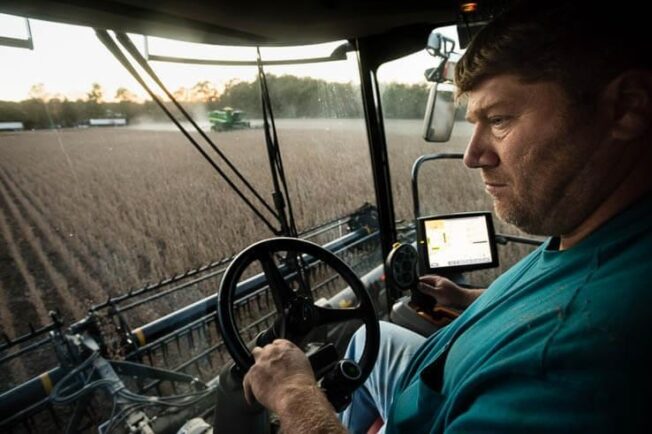Bay 101 Videos
Get introduced to the Bay with educational videos about science and restoration.
Blue Crabs
What role do blue crabs play in the culture, economy and ecosystem of the Chesapeake Bay?
View video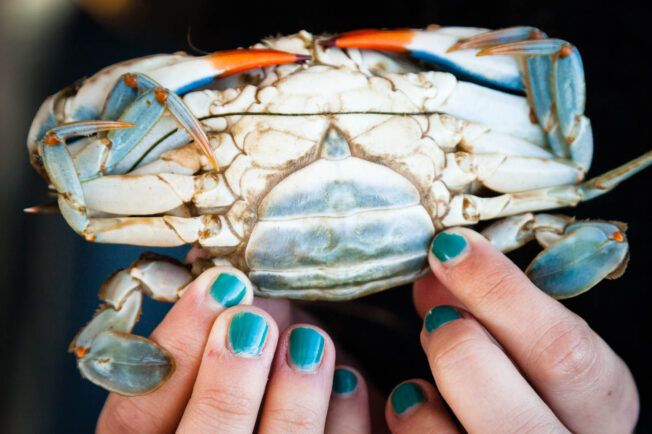
Dissolved Oxygen
What is dissolved oxygen, and why is it necessary for underwater life to survive?
View video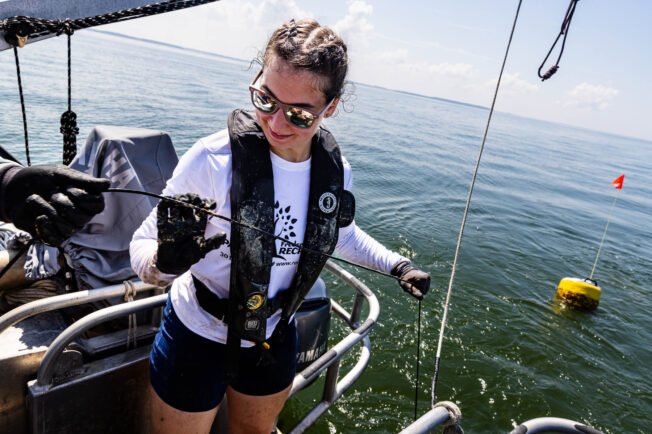
Planting Trees for the Chesapeake
Returning trees to the landscape offers local and downstream benefits.
View video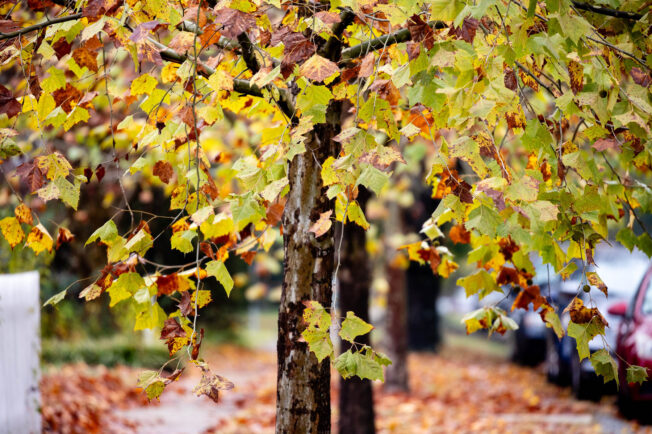
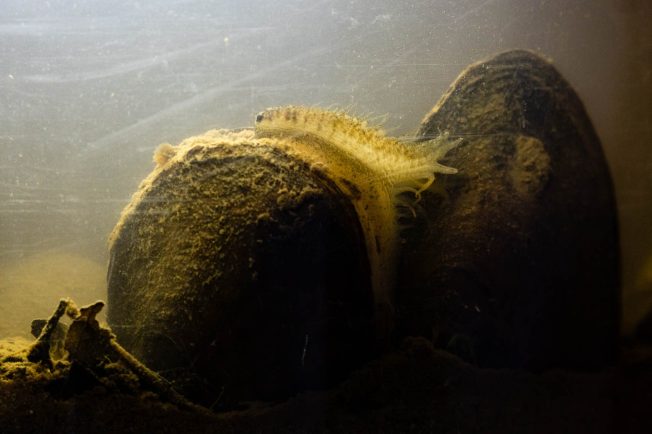
Watershed Connections
Water connects, and so the goals of the Chesapeake Bay Program partnership are interwoven
View video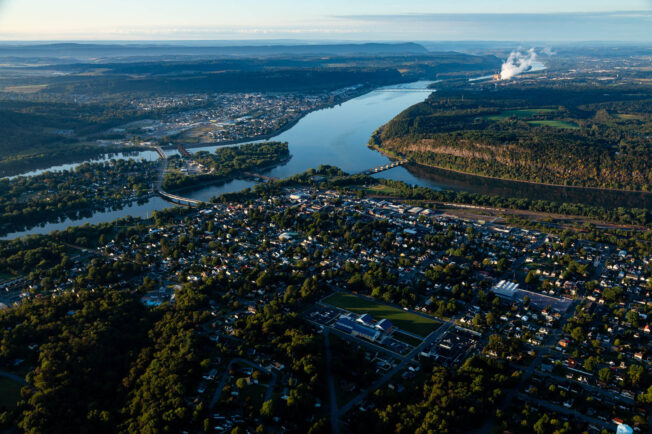
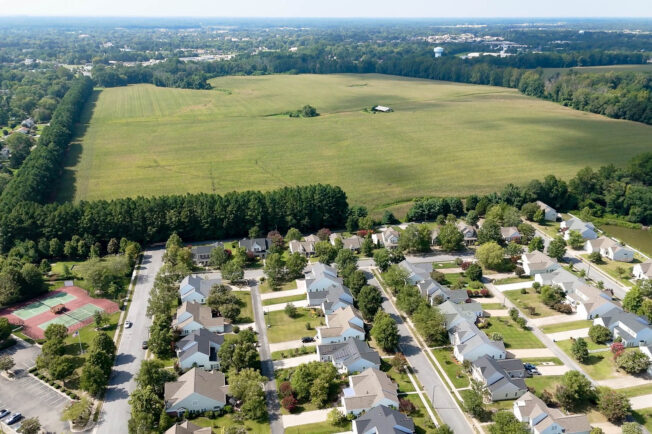

Oysters
Why are these bivalves so important to Bay health, and how are scientists helping to restore them?
View video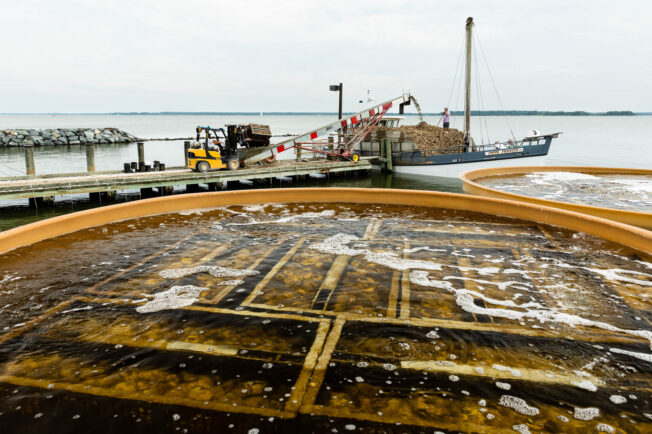
Climate Change
People across the Chesapeake Bay watershed are adapting to climate change and building resiliency into the region
View video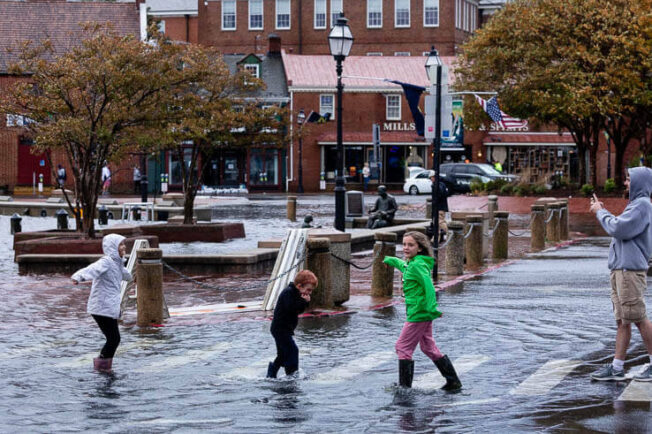
Bay Grasses
What are underwater grasses, and how are they integral to the Chesapeake Bay ecosystem?
View video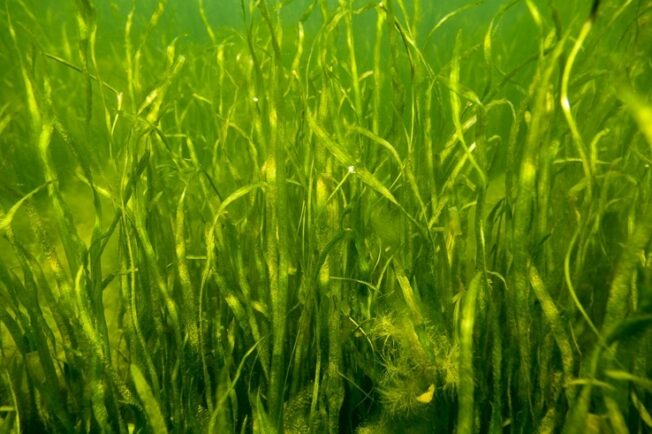
Restoring the Chesapeake Watershed
The Chesapeake Bay Program leads the restoration effort through science and partnership
View video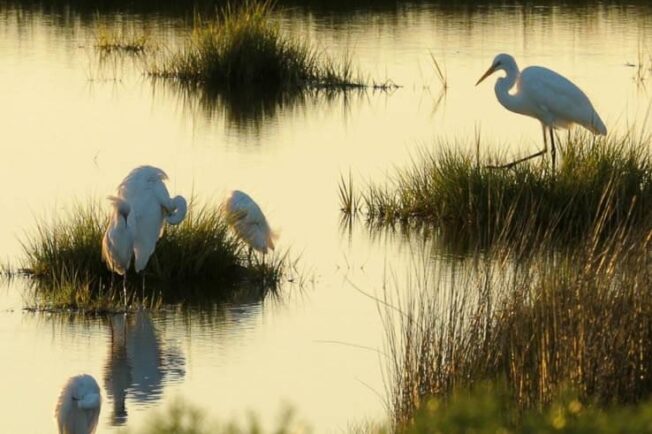
Agriculture
Learn about some of the conservation practices that farmers are using in the Chesapeake Bay region
View video